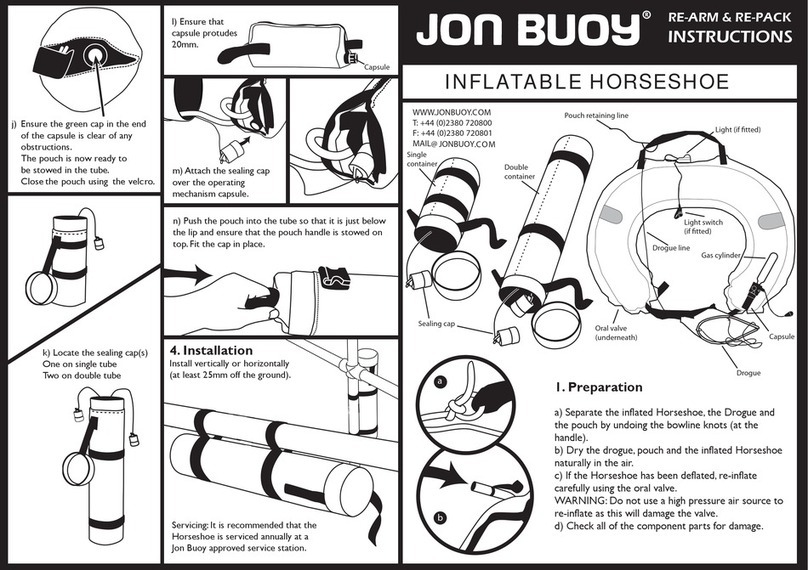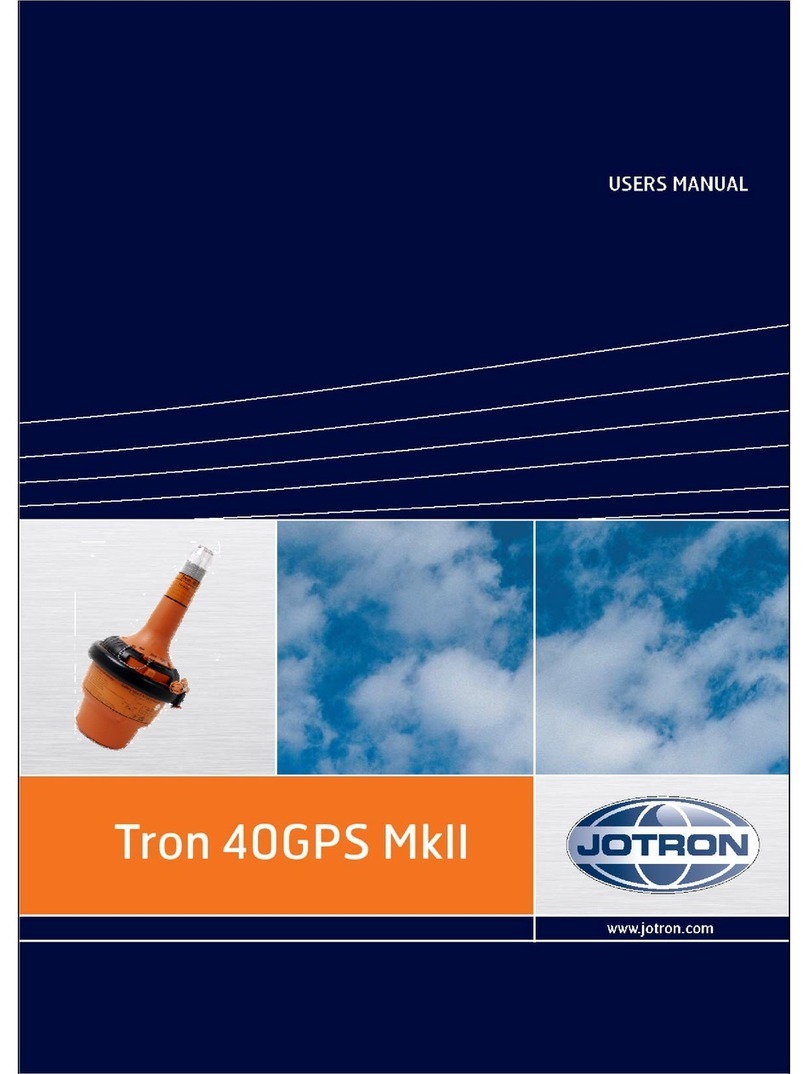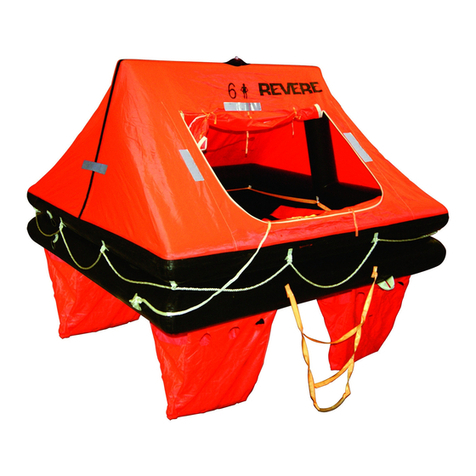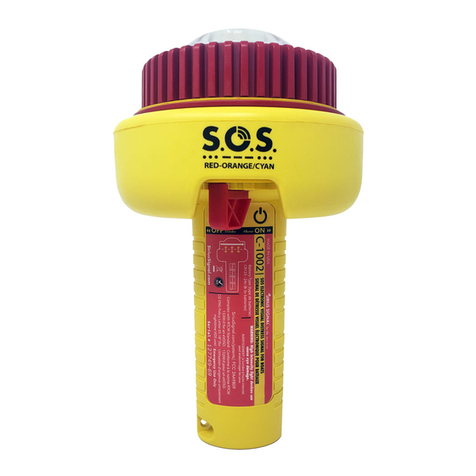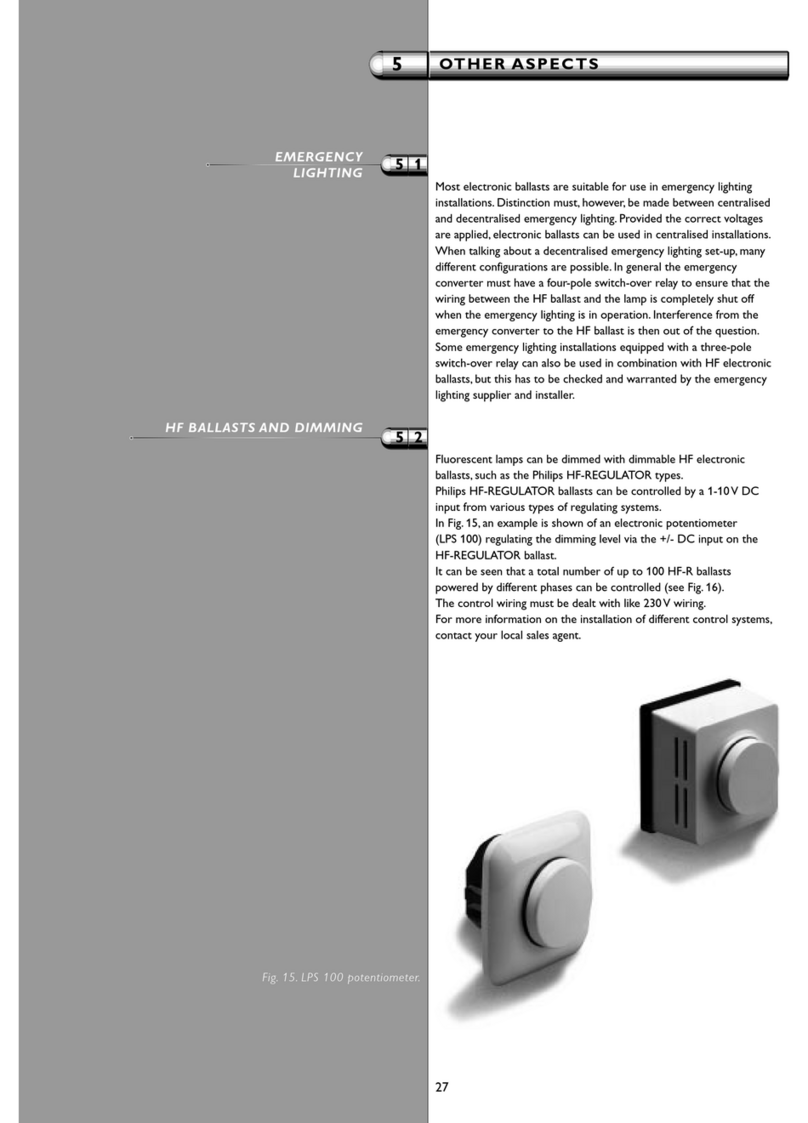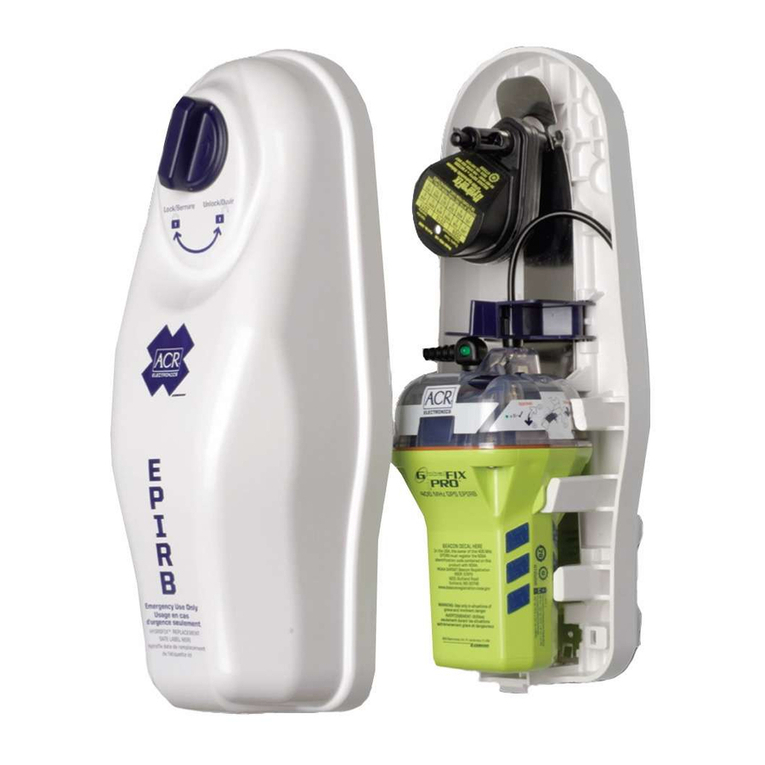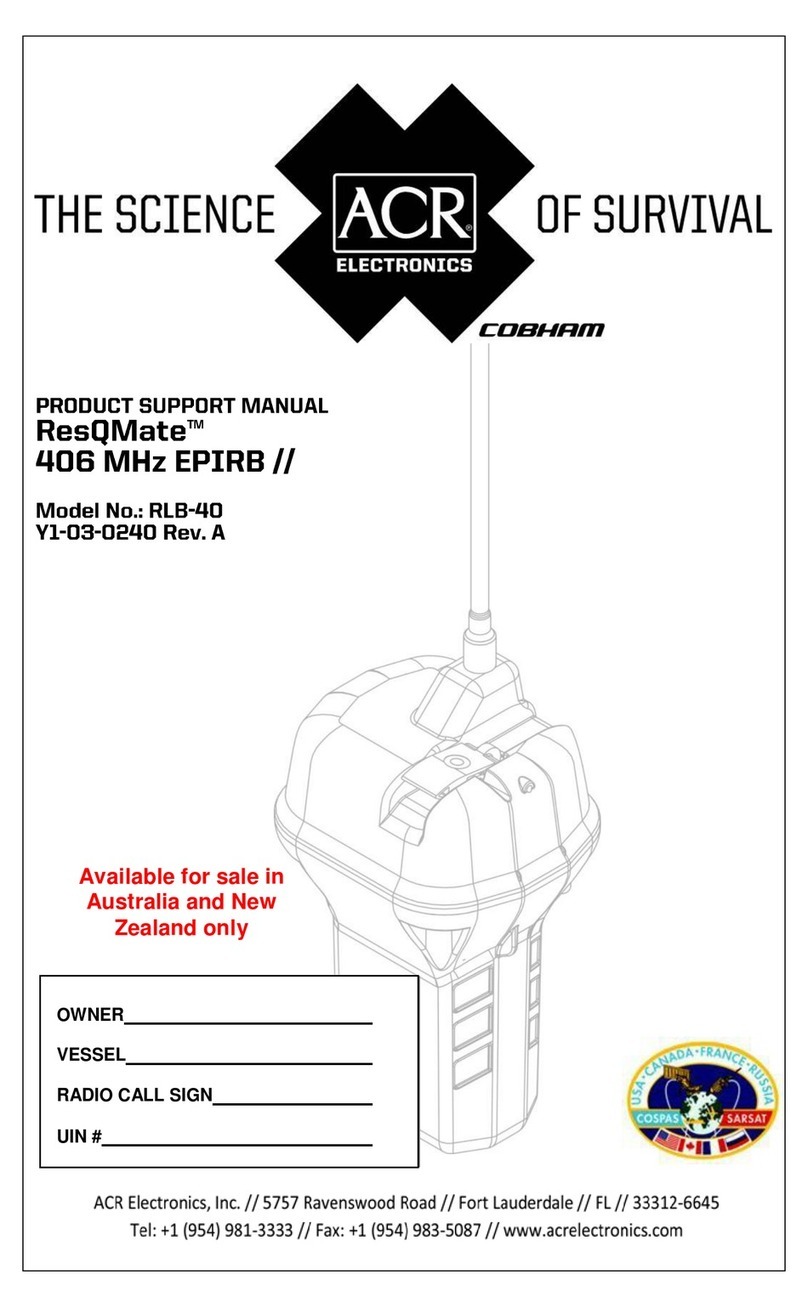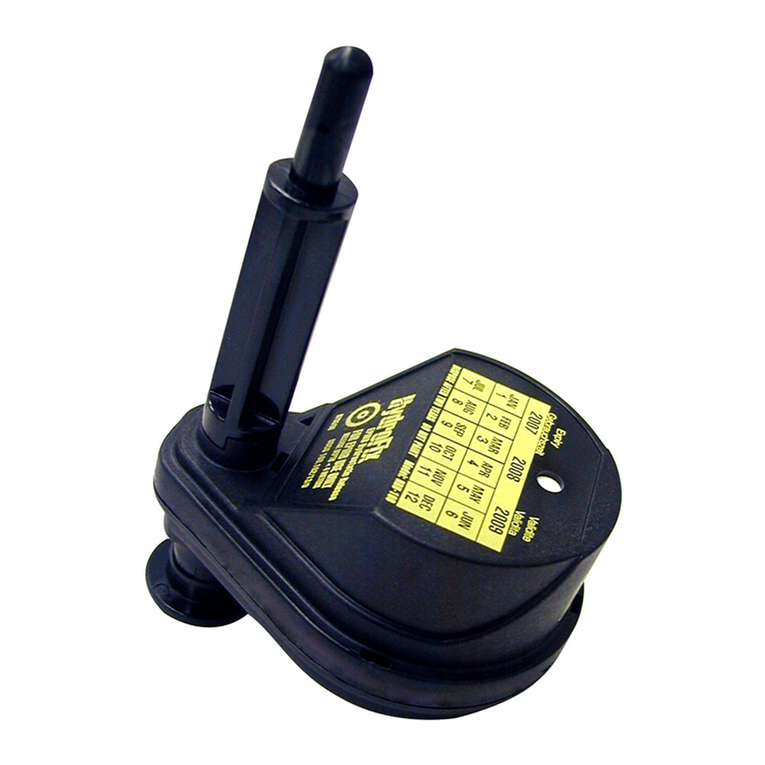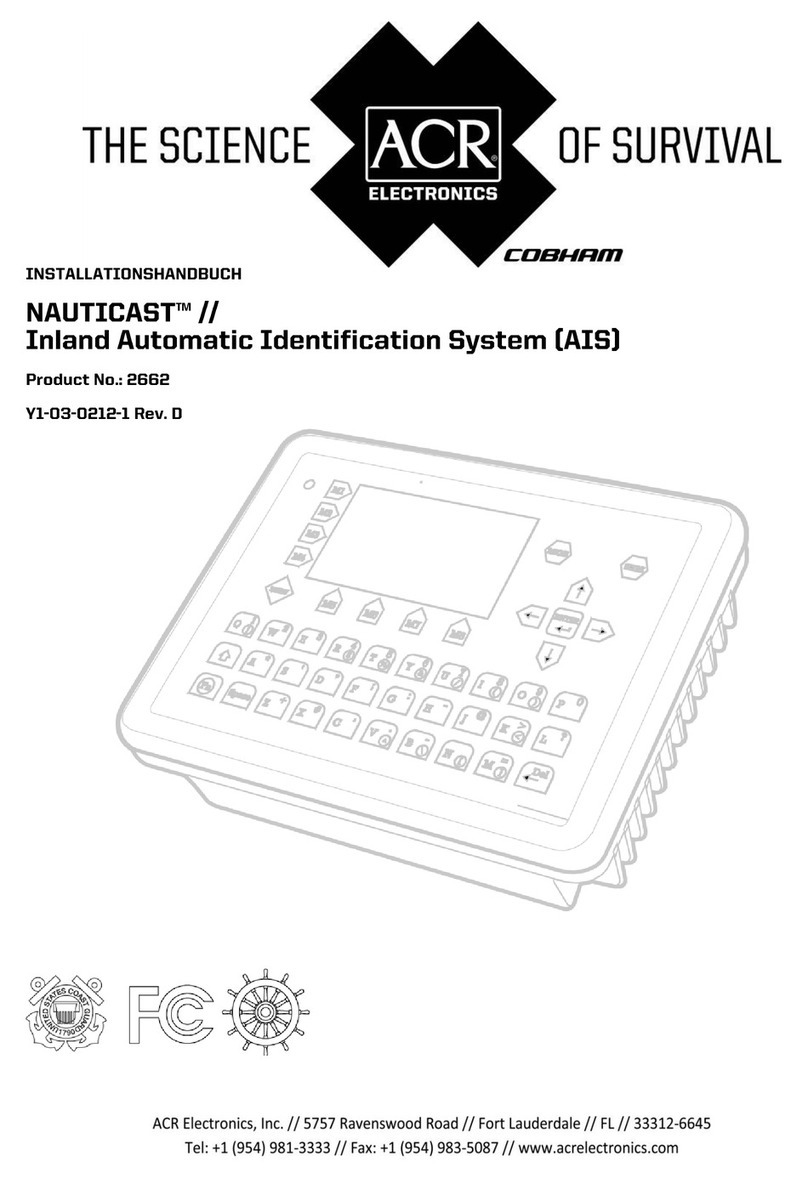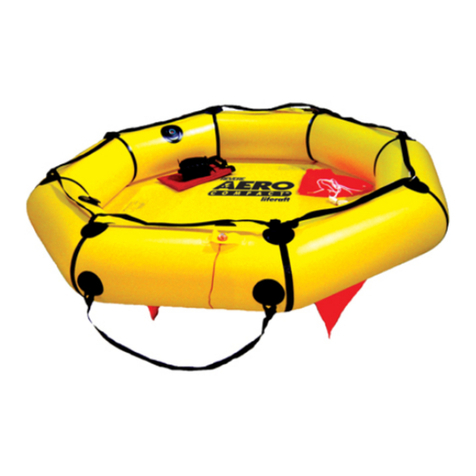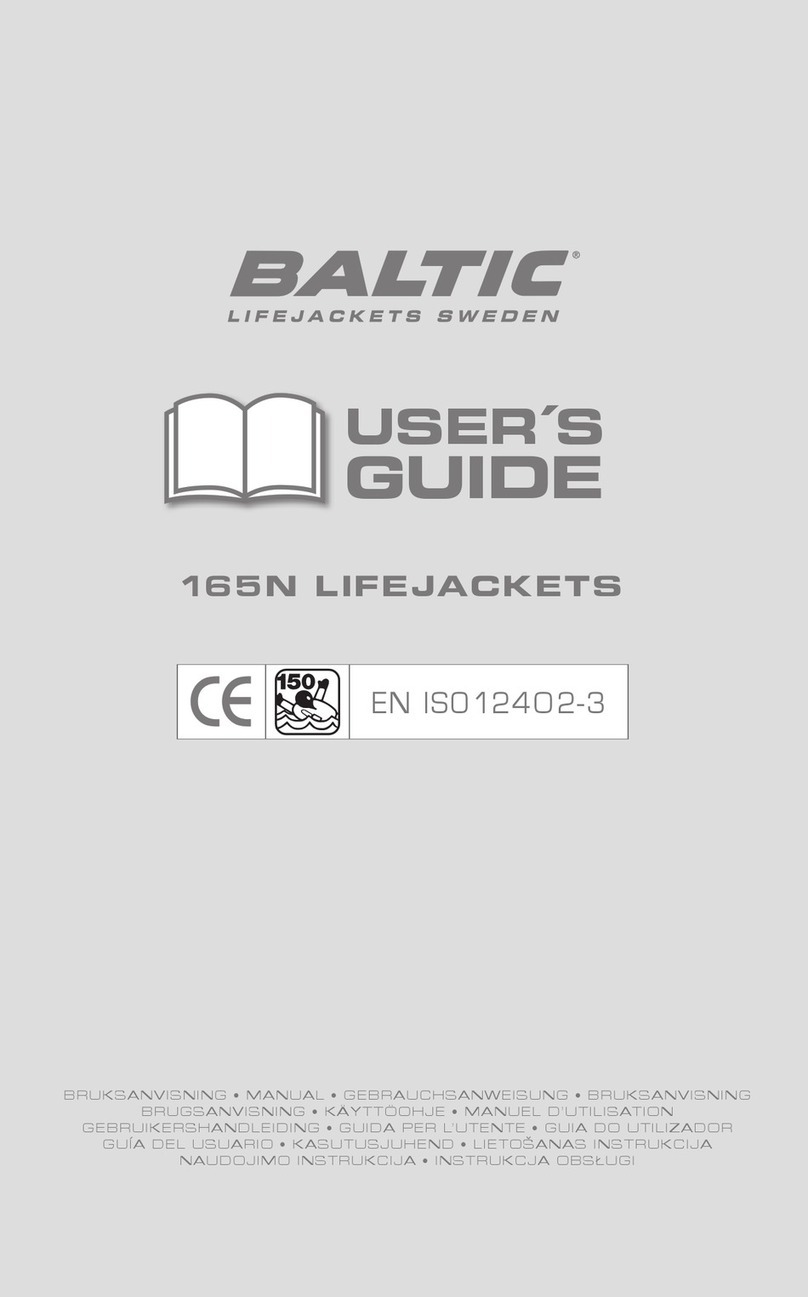Additional Sailboat
Lifesling2 Instructions:
Crew overboard maneuvers, whether downwind or upwind,
need practice and an understanding of how to sail. The helmsper-
son needs to know the boat, how fast it turns, and
how much momentum it carries in relationship to its windage. The
skipper and crew need to try all maneuvers until they find the one
that works best for them and their boat; then practice that maneuver
until it becomes instinctive.
• If the boat is flying a spinnaker, round the boat up immediately
to reduce the distance traveled away from the victim. When
the boat nears head-to-wind, let the spinnaker halyard run free.
Gather the spinnaker. Sheet in the mainsail and beat back to the POB
(person overboard) or use auxiliary engine.
• If the boat is running with a whisker pole, let the genoa sheet run. Beat back to the POB
or, if need be, use auxiliary engine.
• Use of auxiliary power should be avoided but may be necessary in light air, if boat has no
headsail up, or has little ability to go to weather.
Before turning the engine on, WATCH FOR TRAILING LINES THAT WILL FOUL
THE PROPELLER.
• Once POB reaches Lifesling2, engine
should be shut off.
• Methods of getting the POB back aboard
such as ladders can be used with the
assistance of the Lifesling2 only when the
POB is non-hypothermic and uninjured
and the seas are calm. Be aware of the
violent motion of the stern of a boat.
Injuries can result in the up-and-down
motion of a transom ladder or transom
scoop.
• Because of hypothermia and fatigue, getting
back to the POB fast means that the POB
will be more able to aid rescuers by using
ladders or other methods. Using a block
and tackle is slower and more complex but
a more certain method. It is the alternative
when faster methods are unworkable (for
more information about hypothermia, see
inside back cover).
• To be able to hoist the POB out of the water, we highly recommend having a separate
3:1 block and tackle on board (West Marine Model 561100 / LIFE#W-TACKLE 3:1).
However, if your boat has large 2-speed self-tailing winches and a long halyard tail, you
can connect the halyard directly to the figure-eight loop of the retrieval line of the
Lifesling2, lead the other end through a lead block and to the winch, and hoist up. The
retrieval time will be reduced. But try it out having the weakest person lift the heaviest
person. It is surprising how hard it is to hoist a heavy, water-soaked person. Know how
to rig your lifting rig before you need to use it…then test it!
For more information on hoisting, see page 7.
4
